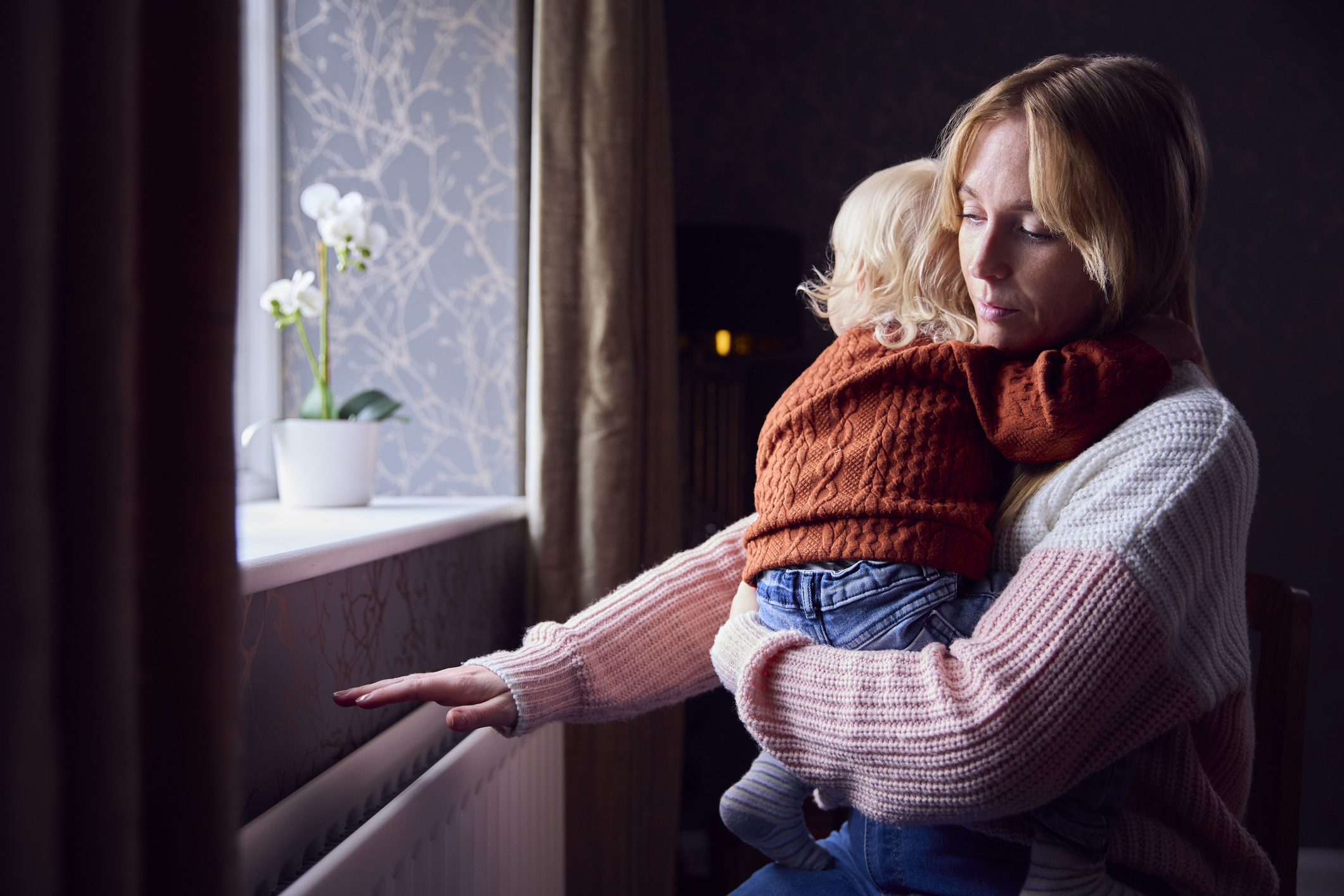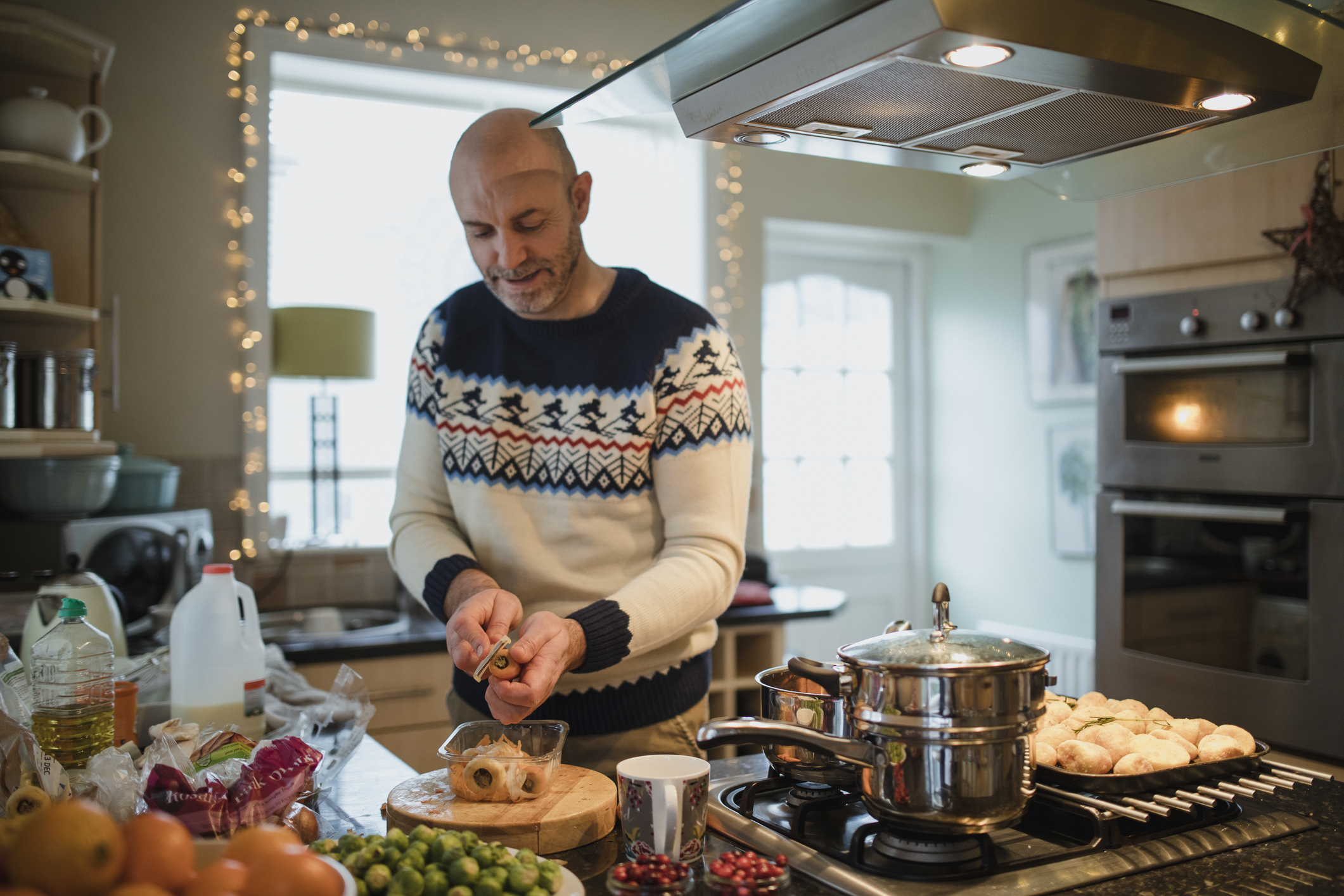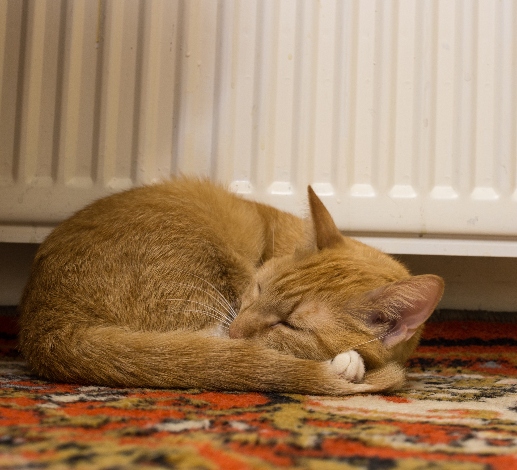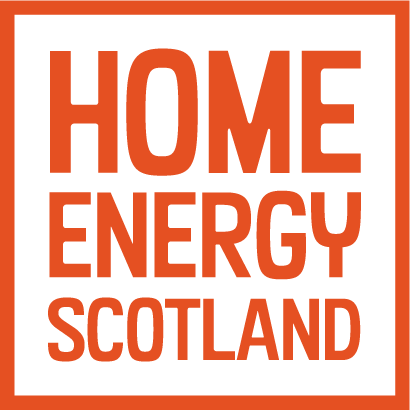The hidden cost of cold homes
The hidden cost of cold homes
Why fuel poverty is a health emergency.

Cold homes can make people ill – and in some cases, keep them unwell for longer. But for many households across Scotland, heating their home to a healthy level remains out of reach. This isn’t just a question of comfort or cost – it’s a public health emergency.
The Homes, Heat and Healthy Kids Study, led by Dr Olivia Swann – a children’s doctor and data scientist at the University of Edinburgh – is shedding new light on how cold, underheated homes affect child health. This five-year study is securely linking health records with housing and energy data to investigate how different ways of retrofitting homes impact rates of childhood respiratory infections. Its goal is to make sure that policies aimed at achieving net zero do not inadvertently worsen health inequalities.
By providing the first national estimates of how much underheated, damp and mouldy homes, and fuel poverty contribute to chest infections in young children, the study will offer evidence to drive better decision-making. It will also develop new data science methods that can be used to look into the effect of housing on other health conditions – such as asthma – across different populations.
Children living in fuel poverty are more likely to suffer from respiratory infections – a link that becomes harder to ignore when seen across population-level data. Thanks to advanced data science methods developed with support from UrbanTide, the research is making visible the scale of this issue in a way that’s never been possible before. An informative animation, co-produced with families living in cold homes, summaries the research, helps highlight the link between cold homes and chest infections, and signposts back to the support available from Home Energy Scotland and other organisations.
The launch of the Usher Connects event series brought these issues to the forefront, with a focus on Healthy Homes, Healthy Kids. Home Energy Scotland’s fuel poverty partnership officer, Megan Brownlie, joined a panel discussion and highlighted that while energy efficiency measures are essential, they must go hand in hand with proper ventilation. Poorly ventilated homes – whether cold or warm – can lead to poor indoor air quality, which is linked to respiratory problems and other health conditions. Through Warmer Homes Scotland, smart ventilation technology is now being offered as part of retrofit programmes to help households reduce heat loss while managing moisture and air quality.
At Home Energy Scotland, we see the human cost of fuel poverty every day. That’s why we’re working through our partnership programme to connect families with the advice and support they need – from energy-saving tips to help with accessing funding for home improvements like insulation, ventilation, or heating upgrades. All our advisors are trained to help identify damp and mould and offer guidance (whether over the phone or in person) on how to prevent this, and where necessary refer householders on to schemes to fund measures that will offer longer term solutions.
By working together, we can help turn this research into action – making homes warmer, reducing health inequalities, and giving every child in Scotland the chance to grow up in a home that supports their wellbeing.
Latest news and case studies
We have articles, blogs and case studies covering topics ranging from home energy tips to low carbon travel, and business advice to installing renewables.

Save energy while cooking this Christmas

Stay warm at home for less



